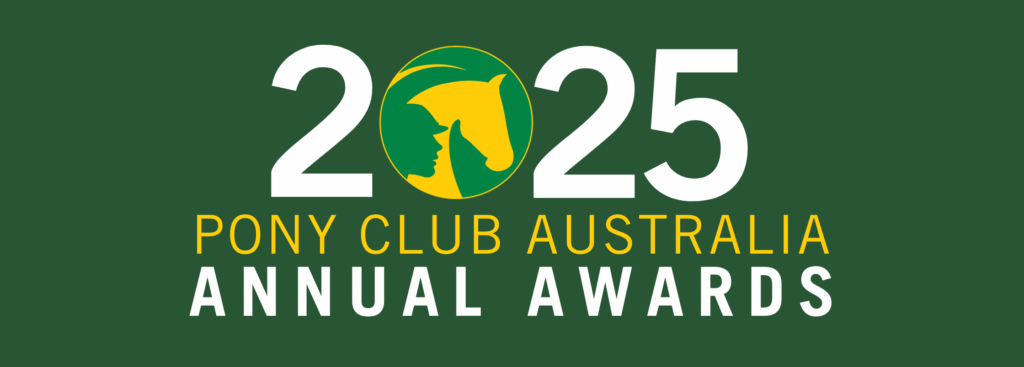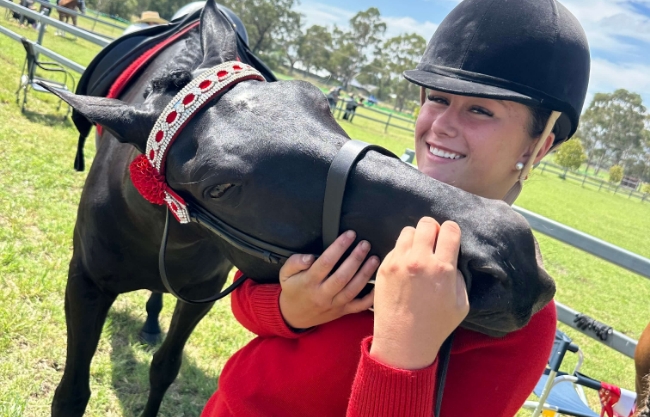What is Spelling?
In equestrian circles, particularly in Australia, spelling refers to giving a horse an extended break from work. This rest period allows horses to recover both physically and mentally — whether they’re recovering from an intense competition season, early training, injury, or illness.
Spelling typically involves turning the horse out to pasture with minimal or no work, in a paddock where they can move freely, graze, and socialise. The aim is simple: to let the horse just be a horse for a while.
Preparing to Spell a Horse
While some horses may be taken out of work suddenly — for example, due to injury — it’s preferable to gradually prepare a horse for spelling over about two weeks. This helps their digestive system, energy levels, and mindset adjust to the change in routine.
Step-by-step guide:
1. Adjust feed gradually
As you reduce the horse’s workload, gradually reduce hard feeds (concentrates) and transition to the forage-based diet they’ll be on while spelling.
2. Prepare the paddock:
Before turning your horse out:
- Check pasture quality – Ensure there’s adequate nutrition or supplement with good-quality hay.
- Inspect fences – Look for damage and ensure the area is safe.
- Check for toxic plants – Remove or restrict access to any weeds or plants that could be poisonous.
- Water supply – Must be clean, fresh, and plentiful.
- Manure management – Remove excessive build-up to keep the paddock hygienic.
3. Rugging
If your horse will not be rugged during their spell, start reducing rugging beforehand. However, if they’re in a small yard or recently clipped, they may still need protection until their coat grows out or they can regulate their temperature by moving around.
4. Hoof care
Depending on how long the spell will be and the horse’s hoof condition:
- Shoes may be removed.
- Book a trim before the spell and note when the next farrier visit is due.
5. Routine health care
Make sure vaccinations, teeth, and de-worming are up to date. If they’ll fall due during the spell, book them in before or arrange visits during the break.
6. Daily Checks
Even when spelled, your horse should be checked daily for:
- Injuries or lameness
- Condition and coat health
- Fence and water status
Spelling doesn’t mean forgetting about your horse — it simply means giving them a break from ridden work while still maintaining their health and welfare.
Bringing a Horse Back from a Spell
If your horse has had more than four weeks off, it’s important to have a structured plan to reintroduce work gradually and safely. This prevents injury, supports conditioning, and helps your horse transition comfortably into training.
Pre-return checklist:
- Check all gear and tack for fit and safety.
- Book the dentist, farrier, and vet if teeth, hooves, vaccinations or other health needs are due.
- Order the feed required to transition the horse slowly back into a working diet.
Health Check
Before starting work:
- Examine your horse thoroughly — legs, feet, skin, and coat.
- Look for any signs of illness or irritation.
- Record their resting heart rate, respiration, and temperature so you have a baseline.
Feeding Transition
As with letting down, feeding should change gradually:
- Start with mostly roughage and minimal concentrates.
- Slowly introduce performance feed over at least two weeks.
Reintroducing Work
Here’s a basic guide for bringing a horse back into work after a holiday spell (not following injury — consult your vet if injury is involved):
Weeks 1–2: In-hand and Walking Work
- Start with 10–20 minutes in-hand walking.
- Progress to walking under saddle.
- Gradually increase to 30–45 minutes at walk.
Weeks 3–4: Introduce Trotting
- Begin trotting in straight lines and wide curves.
- Increase trot work to around 40–50% of the session time.
- Include hill work if available and your horse is safe to ride out.
Weeks 5–6: Add Canter
- Only once your horse has begun rebuilding muscle and fitness.
- Start with cantering in straight lines or large circles.
- Avoid tight turns initially.
- Begin light jumping (if relevant) towards the end of week 6.
Every horse is different. A horse kept in a large paddock with hills will likely retain more fitness than one on flat ground or in a small yard.
How to Monitor Progress
Ask yourself:
- Is my horse losing condition?
He may need more feed or nutritional support. - Is muscle building in the right areas?
Look for changes over the back, neck, and hindquarters. - Is my horse sweating excessively or blowing hard during work?
Reduce the intensity and length of sessions if needed. - Is my horse eating, drinking, and settled?
An unsettled horse may be struggling with the transition. If appetite is poor, speak to your vet — it may be stress-related, or due to gastric ulcers.
Final Thoughts
Spelling is an important part of your horse’s long-term health and performance — but it must be managed properly from start to finish. Whether your horse is a competition athlete or a pleasure partner, giving them the right support when spelling and returning to work sets them up for success and soundness.
*This guide is adapted from the Pony Club Australia C* / K Certificate Manual





